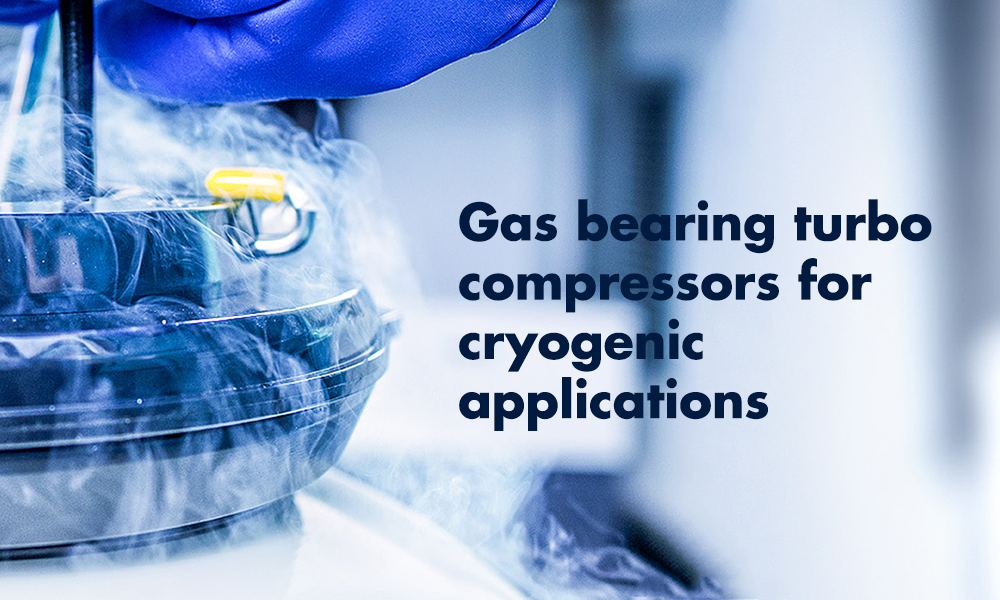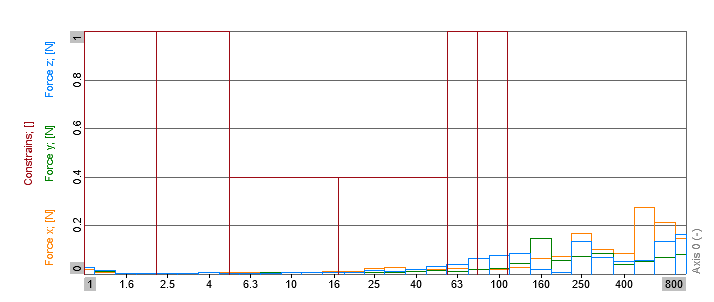Gas-bearing turbo compressors: Efficient and low-vibration technology for modern cryogenic applications
Cryogenic cooling is experiencing a significant upswing due to the energy transition and technological advances in space travel and research. In addition to large industrial liquefaction plants, decentralized, compact systems are becoming increasingly important, for example for the local production of liquid hydrogen for filling stations or as energy storage for grid stabilization. Cryogenic cooling is also used in quantum computers, sensor technol-ogy, optical telescopes and instruments, superconducting cables and magnets, and for the reliquefaction of boil-off gases from cryogenic tanks.
A commonly used process is the reverse Brayton cycle. When implemented with turbomachinery, this is re-ferred to as the reverse turbo Brayton cycle (RTB). The process is characterized by high efficiency and thus low energy consumption for generating the required cooling capacity. In a closed circuit, a process gas – typically helium, neon, or hydrogen – is passed through heat exchangers, while the actual cooling is generated in the expander by extracting energy. Gas-bearing turbomachinery offers decisive advantages for RTB cryocoolers: high efficiency, maintenance-free operation, long service life, and virtually vibration-free operation. At the same time, however, specific challenges arise. Due to the high speed of sound of the process gases used, the com-pression per stage is low, and the low density and viscosity reduce the bearing load capacity. In addition, the requirements for the tightness of the overall system increase.
A particularly critical aspect of many cryogenic applications is emitted microvibrations, which can negatively affect optical systems and scientific instruments in astronomical telescopes, for example. Conventional cooling technologies such as pulse tube or Stirling cryocoolers are reliable and efficient, but they are only scalable to a limited extent and, due to their design, cause microvibrations that must be decoupled at great expense. Gas-bearing turbomachines, on the other hand, are very well balanced due to their high speeds, and the gas film has an additional damping effect. This results in extremely low microvibrations. To verify these properties experi-mentally, measurements were carried out on a 2 kW helium compressor with the support of the European Southern Observatory (ESO) in Garching near Munich. The compressor was rigidly mounted on an air-bearing vibration measuring table. The measuring range of the device extends from 1 to 500 Hz. In addition, sensors were attached to potentially critical points on the turbo compressor.


